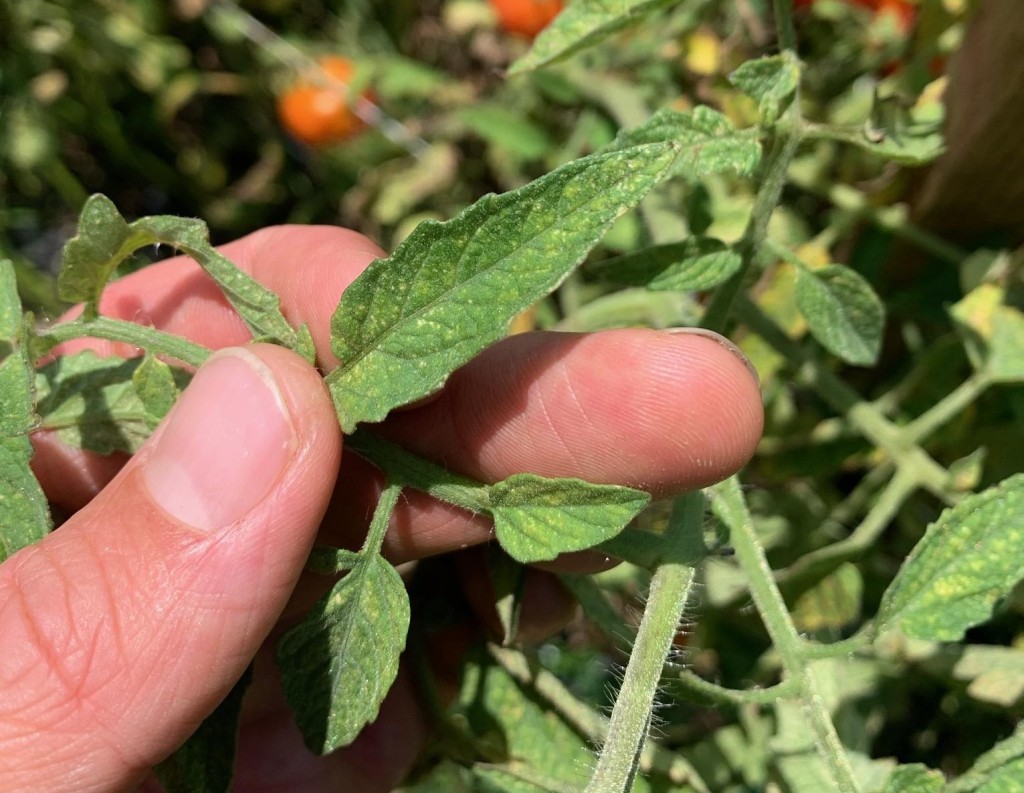Clemson Extension agents provide updates in the The South Carolina Grower this week about the status of various crops being produced throughout the state.
Weekly Field Update/7-12-21
Coastal
Rob Last reports, “Crops are generally coming to market with good quality from cucurbits through corn, tomatoes and peppers. Be on your guard for foliar diseases, given the temperatures and humidity. There are a large number of diseases present from anthracnose, powdery and downy mildew and alternaria. Fungicide applications will help.to manage diseases applied in a timely manner.”
Zack Snipes reports, “The tropical storm brought some wind and heavy rain in some parts of the Lowcountry. We received 3.86 inches at the CREC in Charleston. Most fields have dried out, and things are back to normal. I have seen an increase in bacterial spot on tomato and a rise in the spider mite population. Remember that using pyrethroids (group 3 insecticides) (Brigade, Bifen, Karate, Warrior, Tombstone, Mustang Maxx, etc.) will kill spider mites but will also kill all beneficial insects. In most cases, spider mite numbers are higher 5 to 7 days after a pyrethroid spray than they were before. There is also resistance to some pyrethroids in spider mite populations. Bottom line…don’t use pyrethroids to control spider mites. We have plenty of registered, spider mite specific products in our tool box.

Midlands
Justin Ballew reports, “Tropical Storm Elsa came through the midlands in the early morning hours Thursday and brought 1.3 inches of rain (at my house) with it. Disease is still the big story here in the midlands. It’s been very warm and humid and we’re still seeing plenty of downy mildew, powdery mildew, anthracnose and bacterial spot. For anyone planting strawberries this fall, now is the time to start soil sampling. Some folks held onto their strawberries well into June this year. If that was you and you plan to replant the same fields this fall, start removing plastic and discing ASAP to destroy the crop residue.”










